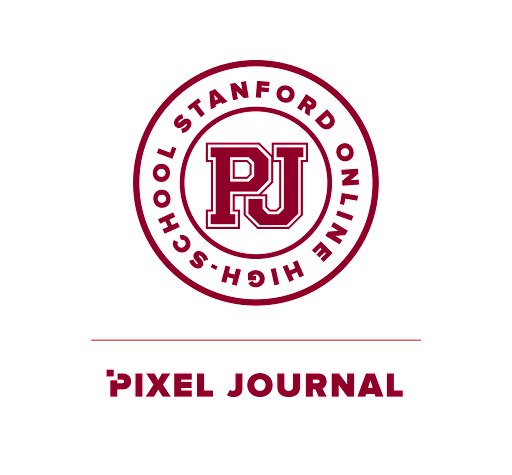Fieldwork and Friendship: OHS Students Explore Yellowstone with EPI
The June 28-July 8, 2025 summer student expedition to Yellowstone National Park, organized through Ecology Project International (EPI), combined scientific fieldwork with immersive outdoor living. A total of 2 instructors and 12 students went on the trip. Although some participants had never been to Yellowstone before, many were drawn by a shared interest in wildlife ecology and the chance to connect learning with real-world experiences.
Each day a new itinerary, beginning with shared responsibilities at the campsite. Students rotated between cooking and cleaning duties, rising early to prepare meals and pack lunches. “We had a four-bin dunk line for cleaning dishes,” explained Inara Miyasaka (‘28). “Hot water with lots of soap, hot water with a little soap, cold water, and then cold water with bleach. It sounds simple, but it became a rhythm we all got used to.”
Mornings typically included a short lesson and a mini-game before students set out with instructors for fieldwork. Tasks ranged from monitoring amphibian populations in oversized waders to learning about ranch management practices. Students met with national park scientists who monitored wolves and other wildlife, as well as ranchers and grassland managers. Jim Doherty, a professor on the trip, shared that meeting people whose day-to-day lives centered around ecological stewardship was especially valuable. These encounters revealed the wide range of people required to sustain Yellowstone’s ecosystems. Notably, the two groups collaborated closely rather than working in isolation. Park scientists share ecological data like herd sizes, migration routes tracked by telemetry, and diet information gathered from fecal DNA analysis. In return, ranchers provide on-the-ground observations scientists can’t get from equipment alone, such as where animals break through fences, how they interact with livestock, and how weather or human activity alters their movement. This exchange allows both sides to make better decisions about wildlife management and land use, blending research with real-world experience.
Surveying a bison herd from an overlook through scopes.
Students in waders, getting ready to do an amphibian survey at a nearby pond.
Importantly, the data collected by students did not remain in notebooks. It was shared with researchers, contributing directly to ongoing scientific projects. This participation boosted students’ confidence in their abilities as scientists.
For many, the trip was as much about building relationships as conducting research. Hours spent driving between sites turned into cherished moments of singing, chatting, and joking with friends. “Spending time in close quarters, away from electronics, pushed us to interact and build friendships quickly,” said Inara. “For me personally, I loved the time we spent in the car/van driving, it was nice to just vibe with friends.”
The social and educational benefits extended beyond the trip itself. Students returned with stronger friendships, inside jokes, and a deeper appreciation for teamwork. “I brought back the idea that every person has a different strength, and if we all work together we can achieve so much more than doing it alone,” Inara reflected.
Ultimately, the Yellowstone trip aligned closely with the school’s values of education, curiosity, and community engagement. What began as a field experience has become a foundation for future collaboration, both within the OHS community and beyond. As Dr. Doherty reflected, each participant “got something unique and valuable out of the trip,” a testament to the experience’s lasting impact.
All the students with travertine terraces in the background.



